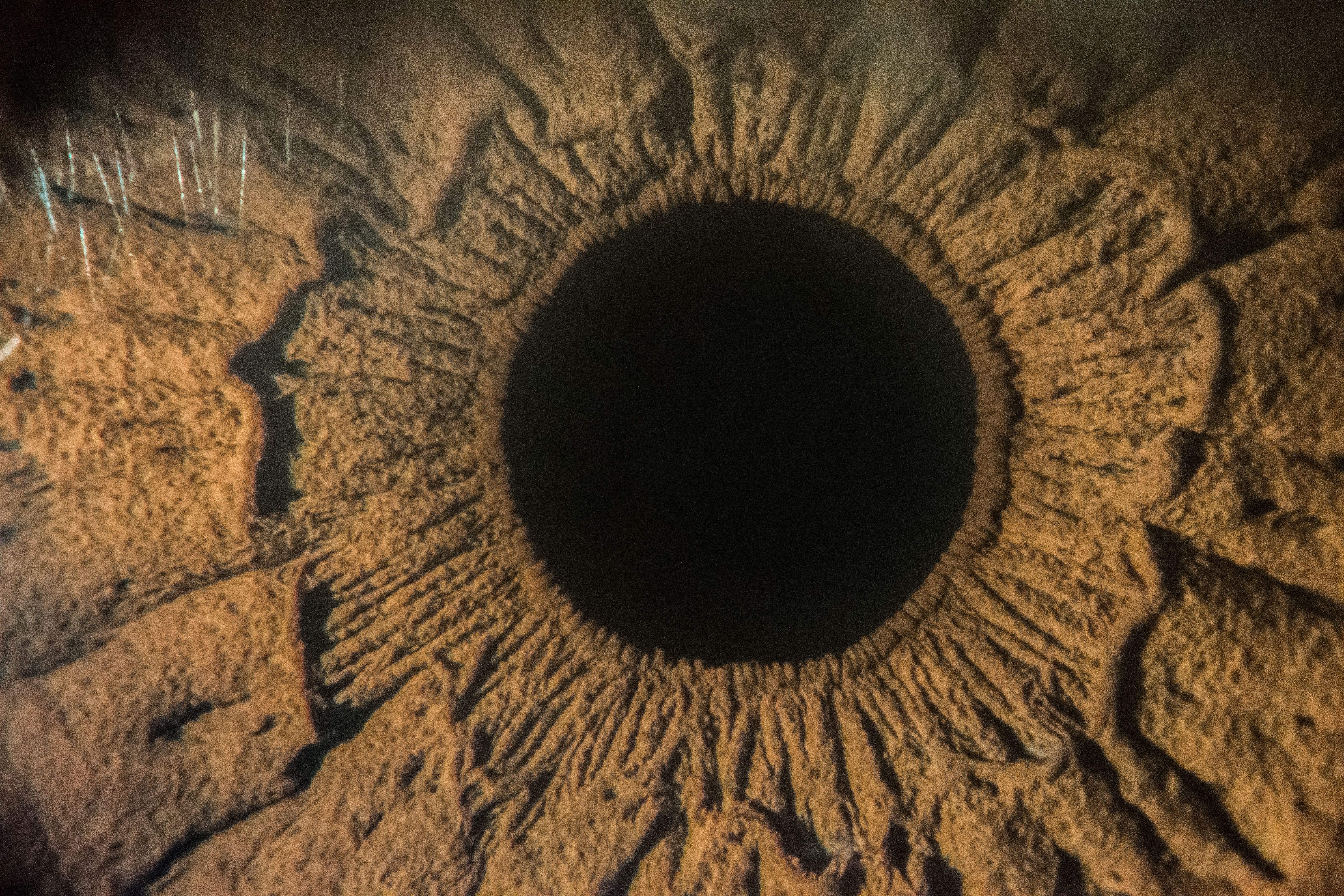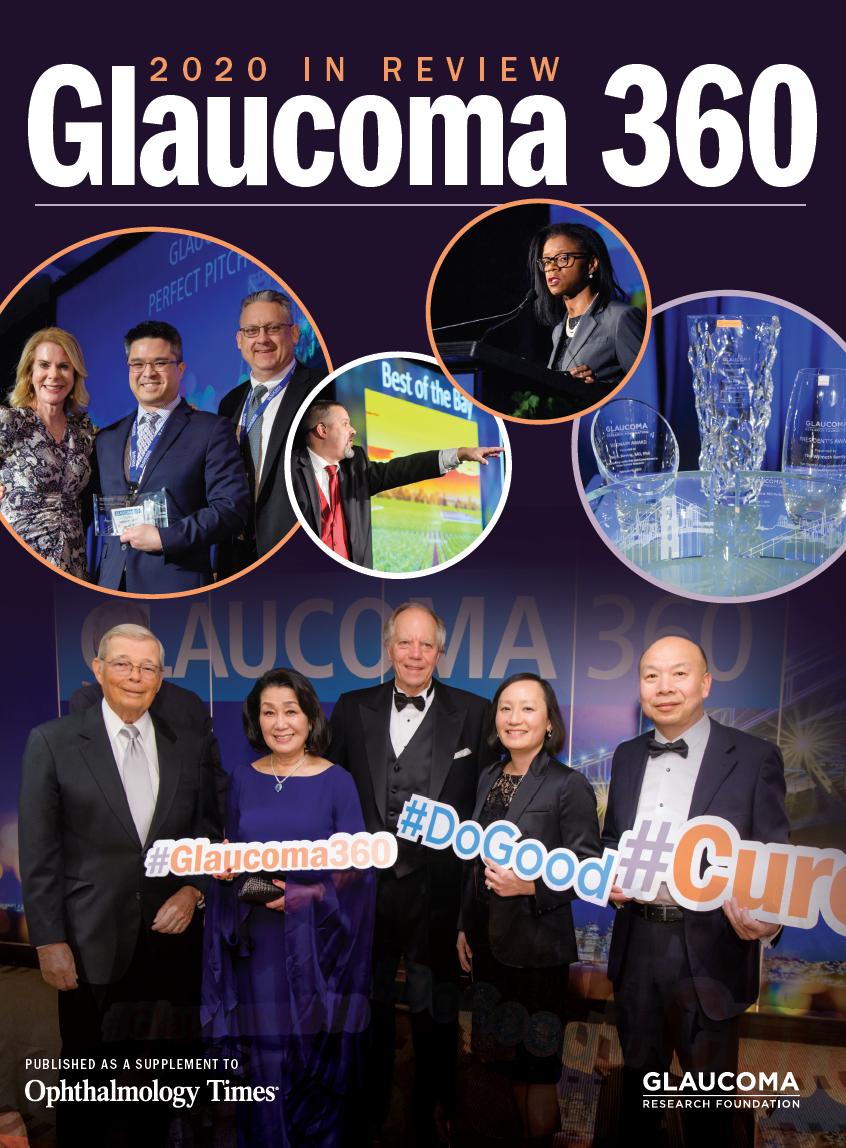Publication
Article
Supplements and Featured Publications
Normal tension glaucoma: testing diagnostic skills
Author(s):
There are other mimickers of NTG that should be kept in mind

This article was reviewed by James C. Tsai, MD, MBA
Normal tension glaucoma (NTG) is a common entity—in the US, it comprises approximately one-third of glaucoma cases and in Japan and China, respectively, about 80% to 90% and 70% to 85% of all cases.
Intraocular pressure (IOP) is the only medically treatable factor associated with glaucoma, but in NTG, IOP-lowering treatment may not always prevent progression of visual field (VF) and disc damage.
“Factors other than IOP may be responsible for progressive disc cupping and VF loss in the setting of normal eye pressures; genetic and other factors also play a role,” said James C. Tsai, MD, MBA, president, New York Eye and Ear Infirmary of Mount Sinai and the Delafield-Rodgers Professor and System Chair, Department of Ophthalmology, Icahn School of Medicine at Mount Sinai, New York.
According to the American Academy of Ophthalmology, NTG is a subset of primary open-angle glaucoma (POAG) that has very characteristic optic disc, nerve fiber layer, and VF signs consistent with glaucoma; adult onset; open, normal-appearing angles on gonioscopy; no secondary causes; and IOP consistently lower than 21 mm Hg, Dr. Tsai recounted and added that in isolated cases, the IOP can fluctuate slightly higher than 21 mm Hg.
He cited a study by Richard Brubaker, MD (Am J Ophthalmol. 1996;121:473-83) that suggested that NTG may have a different threshold for retinal ganglion cell death at a certain IOP compared with POAG. In addition, in a population-based study in the US, the Beaver Dam Eye Study (Klein BE, et al. Prevalence of glaucoma. The Beaver Dam Eye Study. Ophthalmology. 1992; 99(10): 1499-1504) reported that approximately one-third of patients diagnosed with glaucoma had NTG.
NTG facts
These studies bolster the fact that NTG occurs quite often, but in many cases, significant visual loss occurs because NTG has been recognized too late, Dr. Tsai pointed out.
It is noteworthy that NTG may be associated with older patient age compared with patients with POAG.
“This is because by definition, patients with visual loss from NTG do not present with elevated IOP, and clinicians may not be considering glaucoma on the different diagnosis,” he suggested.
In addition, more women seem to develop NTG compared with men, and in cases with asymmetric disease, the eye with the higher IOP tends to have greater damage. There also appears to be increased NTG prevalence in certain Asian countries, such as in Japan, China, and South Korea.
Age, familial glaucoma history, myopia, peripapillary disc atrophy, vascular disease, vasospasm, migraines, and nocturnal hypotension are also associated risk factors for NTG.
Of note, the appearance of the optic discs in highly myopic young to middle-aged Chinese men resembles NTG, but the difference in these patients is that the VF damage progresses differently from that seen in POAG, i.e., there may be lower potential for these patients to have severe visual loss or to become blind than in POAG. This was reported by Kuldev Singh, MD, and colleagues (Ophthalmology. 2007; doi: https://doi.org/10.1016/j.ophtha.2006.07.036).
“There are other mimickers of NTG that should be kept in mind,” Dr. Tsai said. These include nonglaucomatous optic nerve anomalies (e.g., optic nerve coloboma/pit), vascular etiologic diseases (e.g., temporal arteritis), neurological diseases (e.g., pituitary tumor), and tonometric error (i.e., thin central corneal thickness).
When taking a medical history in patients who may have NTG, he pointed out that in many cases patients will report Raynaud’s phenomenon, migraines, coagulopathies, and autoimmune diseases. Some patients are thought to have serum autoantibodies and perhaps some T-cell subset alterations in some patients with NTG (Tezel G, et al. Autoantibodies to small heat shock proteins in glaucoma. Invest Ophthalmol Vis Sci. 1998;39(12): 2277-2287).
Effects of NTG
The optic discs in patients with NTG often have thin disc rims with associated disc hemorrhages. Dr. Tsai cautioned that these disc hemorrhages can be extremely subtle and difficult to detect.
He mentioned that in the Collaborative Normal Tension Glaucoma Study, the presence of disc hemorrhages was correlated strongly with progression of NTG (Am J Ophthalmol. 1998;126:487-97). It remains controversial whether the disc hemorrhages are the cause and/or the effect of NTG.
Some early studies have reported the presence of disc hemorrhages in eyes that were thought to be healthy but in which the IOP later increased, Dr. Tsai pointed out. He added that this observation was confirmed later by the Ocular Hypertension Treatment Study (Arch Ophthalmol. 2002;120:701-13. doi:10.1001/archopht.120.6.701). In some cases, the VF defect might not become apparent for 3 years following observation of the disc hemorrhage.
Because NTG can be difficult to nail down, he pays particular attention to the patients’ presenting complaints, such as difficulty reading or playing golf or tennis.
He advised that clinicians first rule out the presence of occult ocular hypertension.
“Confirm glaucomatous cupping. The glaucomatous VF has to correspond to a type of retinal nerve fiber layer loss that is observed on optic disc/peripapillary examination. Then the extensive differential diagnosis must also be excluded,” he said.
Differential diagnosis
“NTG is a diagnosis of exclusion,” Dr. Tsai warned and the list of exclusions is long.
To rule out undetected OAG, Dr. Tsai advised measuring the IOP more often and throughout the day; for example, measure IOP in the afternoon if the patient usually has morning visits all or vice versa.
Other disorders to look for are intermittent IOP elevations, angle closure, and corticosteroid-induced glaucoma. He also suggested that doctors consider glaucomatocyclitic crisis.
Burnt-out pigmentary glaucoma is interesting and another one of the differential diagnosis. In this disorder, patients have elevated IOP that is undetected when they are ages 20s to 30s; later on, the IOP decreases to the normal range (as the reverse pupillary block of their disease abates) and these patients present with marked disc cupping and VF defects, while the untreated IOP is measured in the normal range, Dr. Tsai explained.
He emphasized that a nonglaucomatous optic nerve is important to rule out.
“Does the patient have a congenital disc anomaly, myopia with peripapillary atrophy, optic nerve coloboma or pit? In addition, could the patient have a vascular etiology such as temporal arteritis that can mimic NTG, carotid and ophthalmic artery occlusions, or central retinal artery occlusion with some VF defects or other distinguishing characteristics that may fool the clinician into thinking that the patient has NTG,” he said.
The diagnoses that are more ominous and more important to rule out are the ones that are neurologic in nature, such as a meningioma, adenoma of the pituitary gland, empty sella syndrome, Leber’s optic atrophy, and syphilis.
On top of this, there is the possibility that the patient has a tonometric error, a thin cornea, or just underwent LASIK (with underestimation of the IOP). In light of these potential diagnoses, Dr. Tsai emphasized the importance of evaluating the cornea due to its impact on correctly making a diagnosis of NTG.
Neuroimaging (e.g., MRI, CT scan) is recommended in patients with markedly asymmetric disease, unusual VF defects, and rapid progression of VF and optic disc damage, he pointed out.
Another consideration is distinguishing compressive lesions from NTG. He cited a publication by Greenfield and colleagues published in Ophthalmology (1998;105:1866-74). The authors evaluated 52 eyes of 29 patients with glaucoma associated with normal IOP and 44 eyes of 28 control patients with compressive lesions. The study showed that younger age, lower visual acuity, vertically aligned VF defects, and neuroretinal rim pallor are likely associated with an intracranial lesion.
Another report (Ophthalmology. 1999;106: 855) added to that higher risk list and suggested that a mismatch between the degree of cupping and the size of the defect, a relative afferent pupillary defect, progression of vision loss, or anomalous or hyperplastic nerve may also warrant neuroimaging.
The checklist that points to NTG includes age 50 or older, vision 20/40 or better, family history of glaucoma, no afferent pupillary defect, normal color vision, optic disc cupping symmetry, horizontal visual field defect, cupping greater than pallor, and presence of disc hemorrhage, Dr. Tsai enumerated.
Acuity below 20/40 is worrisome but is not always a positive indicator of NTG or a central nervous system lesion.
In contrast, younger age, an afferent pupillary defect, abnormal color vision, vertical defect, and pallor greater than cupping, all point to an intracranial lesion.
James C. Tsai, MD, MBA
E: jtsai@nyee.edu
Dr. Tsai has a financial interest in the subject matter of glaucoma and is a consultant to the following companies: Eyenovia, ReNetX Bio, and Smartlens.

Newsletter
Don’t miss out—get Ophthalmology Times updates on the latest clinical advancements and expert interviews, straight to your inbox.




